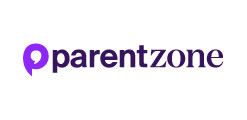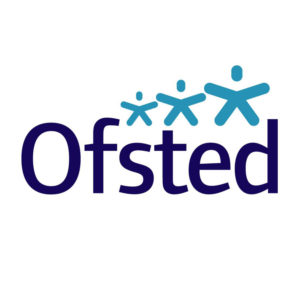Chapter Contents
Special Educational Needs
Types of special educational needs include:
- Moderate, severe or profound learning difficulty which includes global developmental delay, dyslexia, dyspraxia and dyscalculia
- Socialisation and communication difficulties
- Physical disabilities including visual and hearing impairment
- Social, emotional and mental health (SEMH)
The SEND Code of Practice 2015 puts a focus on supporting both children and young people with special educational needs and disabilities, and their parents/carers by:
- Raising their aspirations.
- Listening to their views, wishes and feelings.
- Helping them to participate more fully in decisions on provision and reviews.
- Preparing the children and young people for adulthood.
Therefore, each local authority has to publish information on the provision they expect to make for children in their authority who have a special educational need or disability. Local provision is expected to meet local need.
Special educational needs might be known at the time of school entry, or they might be identified over time. If you suspect that a child has an unmet need you should raise this at their PEP meeting. Every school has a Special Educational Needs Co-ordinator (SENCO) who will be involved in discussions about the child’s needs and how they can best be met within the school. The SENCO might ask you to implement certain strategies and interventions at home. In addition, they might involve other professionals including speech and language therapists within the school. If these interventions and strategies do not lead to sufficient progress for the child, a request for an assessment and Education, Health and Care Plan (EHCP) can be made.
Read about Special Education Needs, and about SEND Resources in our Knowledge Hub.
Education, Health & Care Plans (EHCPs)
The EHCP replaced statements of special education needs with the Children and Families Act 2014. The Plan will clarify the child’s needs and might recommend a change of school, if the current school is unable to meet those needs. In addition, the EHCP will detail strategies and interventions to be used to promote progress in the child’s achievement. The EHCP is reviewed annually.
When a looked after child does not live in the area of the authority which is looking after them (the ‘responsible authority’), the local authority where they live (the ‘area authority’) maintains their EHCP, while the responsible authority provides the necessary funding. If the child moves from one authority to another, the EHCP must be sent to the new area authority.
Read an article in our Knowledge Hub about EHCPs.
Visit our Communication page.



